Perianal Fistula Dog Treatment
Perianal fistula dog treatment. Unfortunately perianal fistulas may require lifelong medical management with special diets and drugs that suppress the immune system. Perianal Fistulae in Dogs - Veterinary Partner - VIN. Treatment was economical even.
It could take months to tell whether medical management is sufficient. Results were often disappointing with a high recurrence rate and occasional complications such as fecal incontinence or anal stricture. These drugs can have serious side effects and should never be combined with any other medications including those for arthritis unless approved by.
Clipping of the perianal region to increasing ventilation in conjunction with bathing and cleaning as a palliative measure. What is the treatment for perianal fistula. However surgery as a treatment for canine perianal fistulas is considered high risk for potential complications used only when traditional medical treatments repeatedly fail.
It should be safe to apply to a ruptured gland that is already releasing pus. Ciclosporin shows the most promise. Modifications in your dogs diet a novel protein diet Antibiotics for example metronidazole A combination of oral cyclosporine and ketoconazole Administration of oral anti-inflammatory and immunosuppressive medications like.
Should the condition be more severe treatment options include. Management of perianal fistulae in five dogs using azathioprine and metronidazole prior to surgery Azathioprine with metronidazole effectively reduced perianal irritation and the severity and extent of lesions prior to surgery. Cyclosporin and ketoconazole interaction for treatment of perianal fistulas in the dog The use of combined ketoconazole and cyclosporin provided an effective treatment for perianal fistulas.
Discussion of perianal fistulas in dogs. The anus of a dog with perianal fistulae will show deep open crevices and some oozing pus all around the sphincter. Another surgery is removal of the dogs.
Outcomes were similar to those seen with cyclosporin alone but allowed a significant reduction in. Current treatment recommendations use potent immunosuppressive drugs in the treatment of perianal fistula.
If your dog suffers from perianal fistula applying an antibiotic ointment after baths will keep infections at bay.
Cyclosporin and ketoconazole interaction for treatment of perianal fistulas in the dog The use of combined ketoconazole and cyclosporin provided an effective treatment for perianal fistulas. It should be safe to apply to a ruptured gland that is already releasing pus. Management of perianal fistulae in five dogs using azathioprine and metronidazole prior to surgery Azathioprine with metronidazole effectively reduced perianal irritation and the severity and extent of lesions prior to surgery. If your dog suffers from perianal fistula applying an antibiotic ointment after baths will keep infections at bay. Pick a dog-safe ointment because the likelihood of your dog licking it is very high. In the initial study with this drug marked improvement in lesion size was seen in all cases and complete remission was reported to occur in the majority of dogs during the 12-week treatment period. Cyclosporin and ketoconazole interaction for treatment of perianal fistulas in the dog The use of combined ketoconazole and cyclosporin provided an effective treatment for perianal fistulas. Ciclosporin shows the most promise. Outcomes were similar to those seen with cyclosporin alone but allowed a significant reduction in.
Clipping of the perianal region to increasing ventilation in conjunction with bathing and cleaning as a palliative measure. Cyclosporin and ketoconazole interaction for treatment of perianal fistulas in the dog The use of combined ketoconazole and cyclosporin provided an effective treatment for perianal fistulas. It should be safe to apply to a ruptured gland that is already releasing pus. Treatment with medications often oral and topical to clear up the infection and reduce inflammation. In the initial study with this drug marked improvement in lesion size was seen in all cases and complete remission was reported to occur in the majority of dogs during the 12-week treatment period. It could take months to tell whether medical management is sufficient. Treatment has historically been surgical debridement combined with long courses of antibiotics.







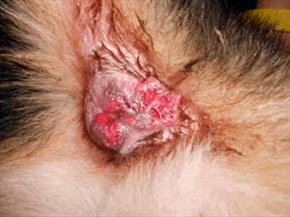



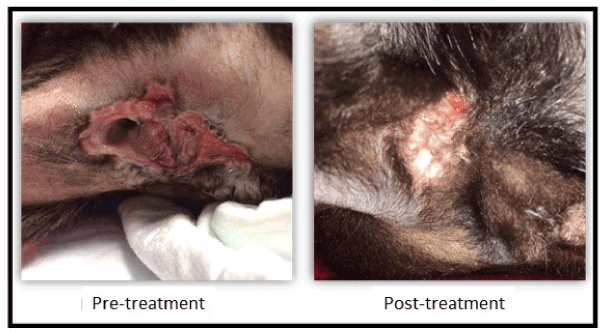

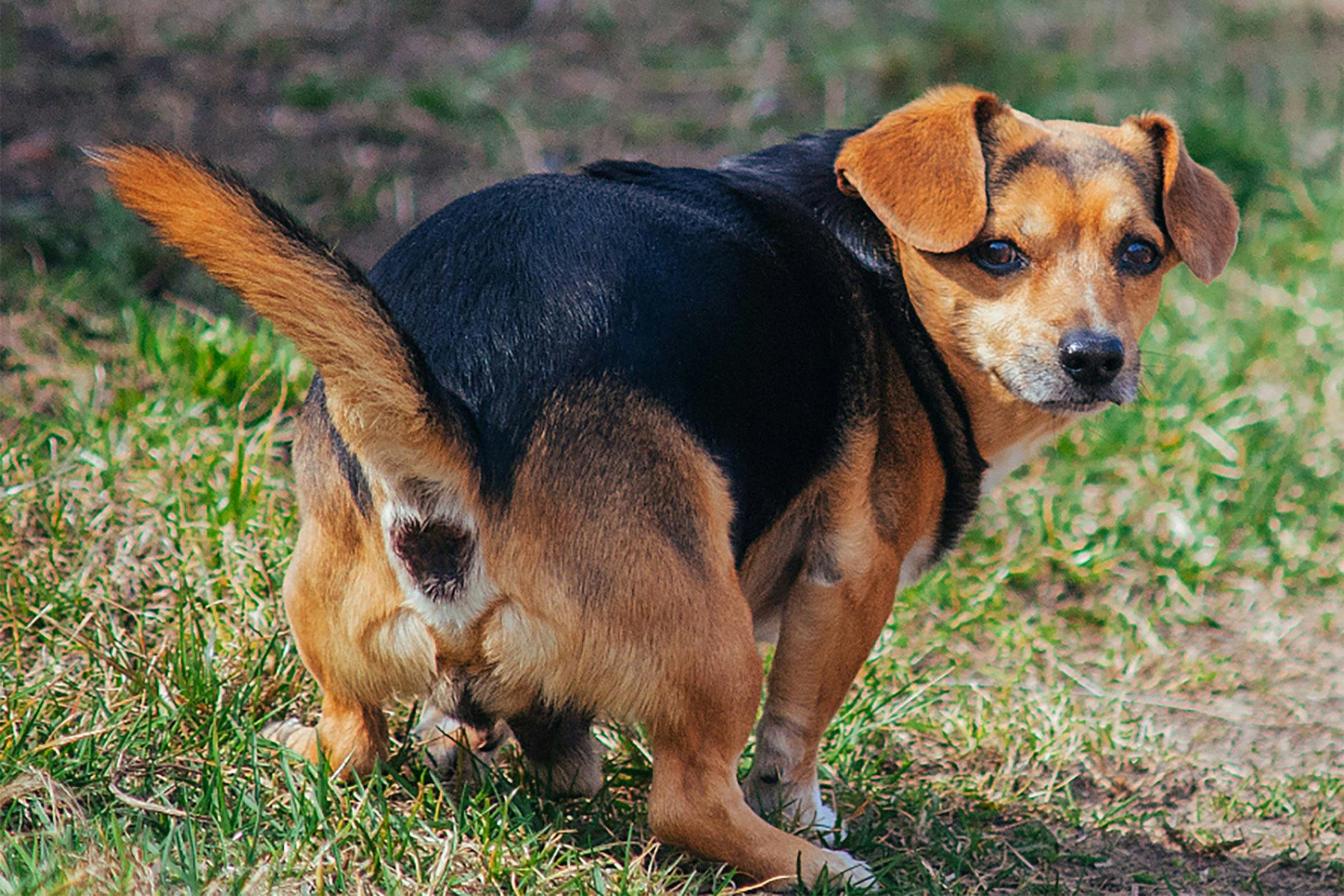



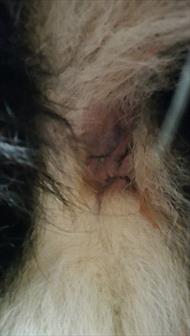


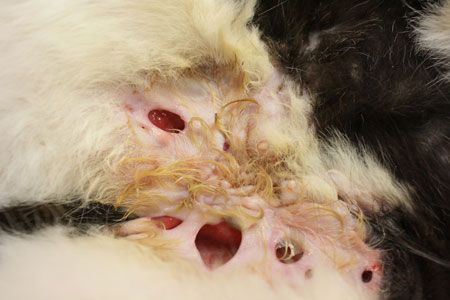




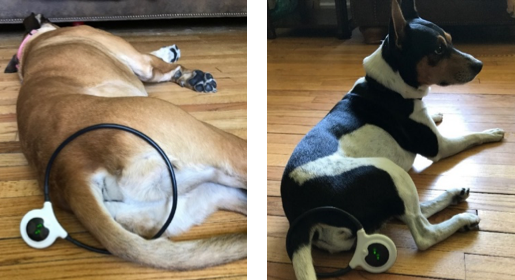







.jpg?ext=.jpg)

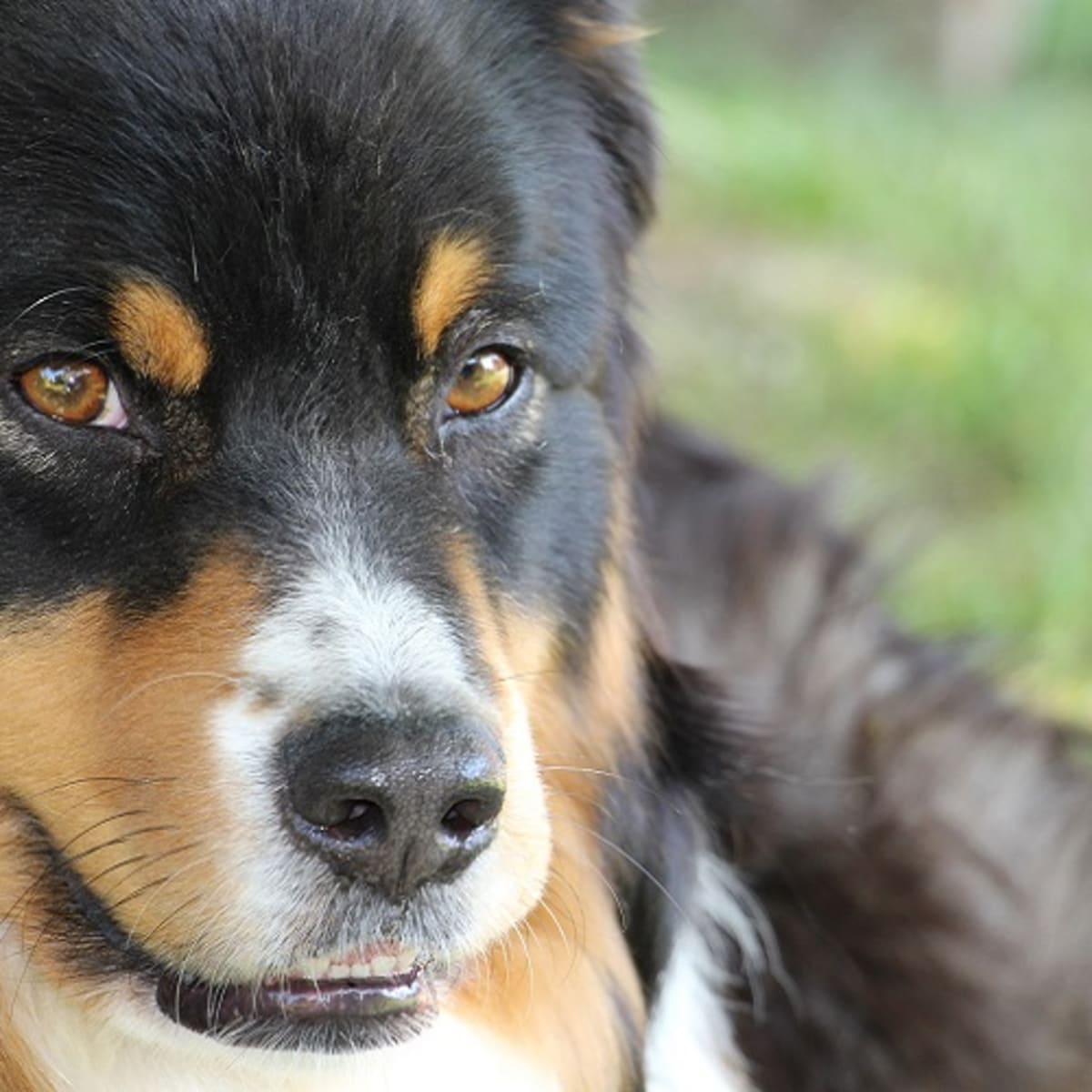


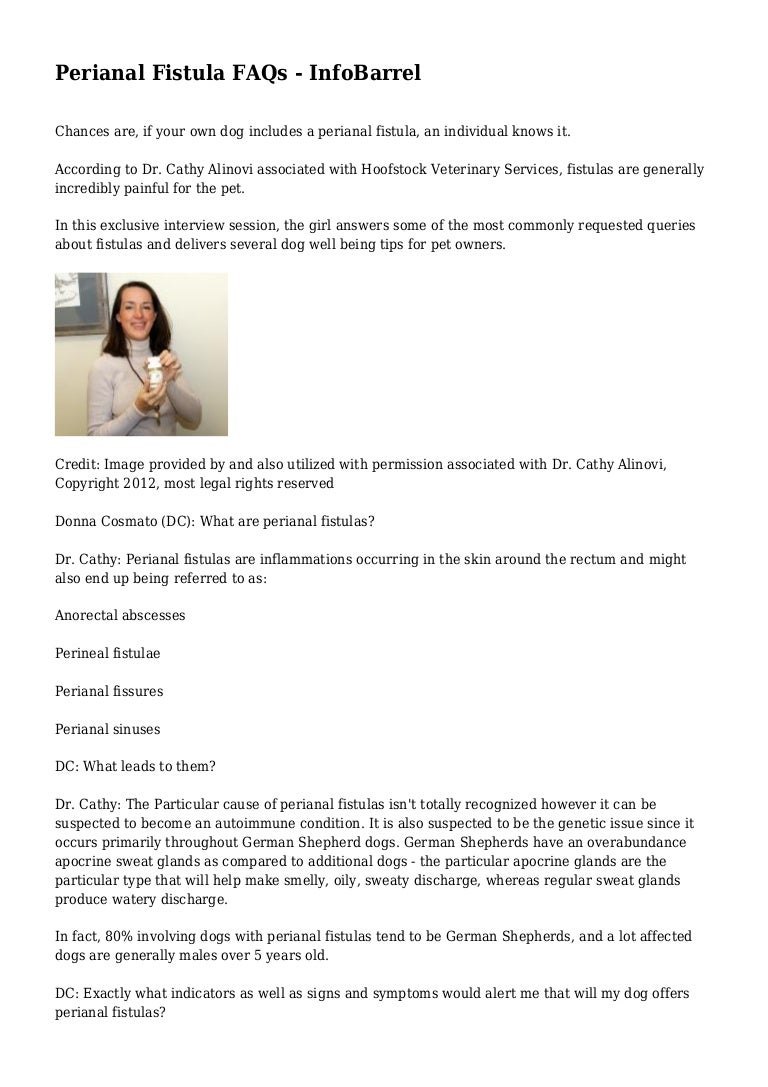






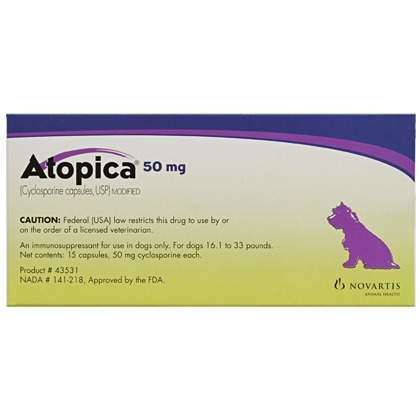

Post a Comment for "Perianal Fistula Dog Treatment"